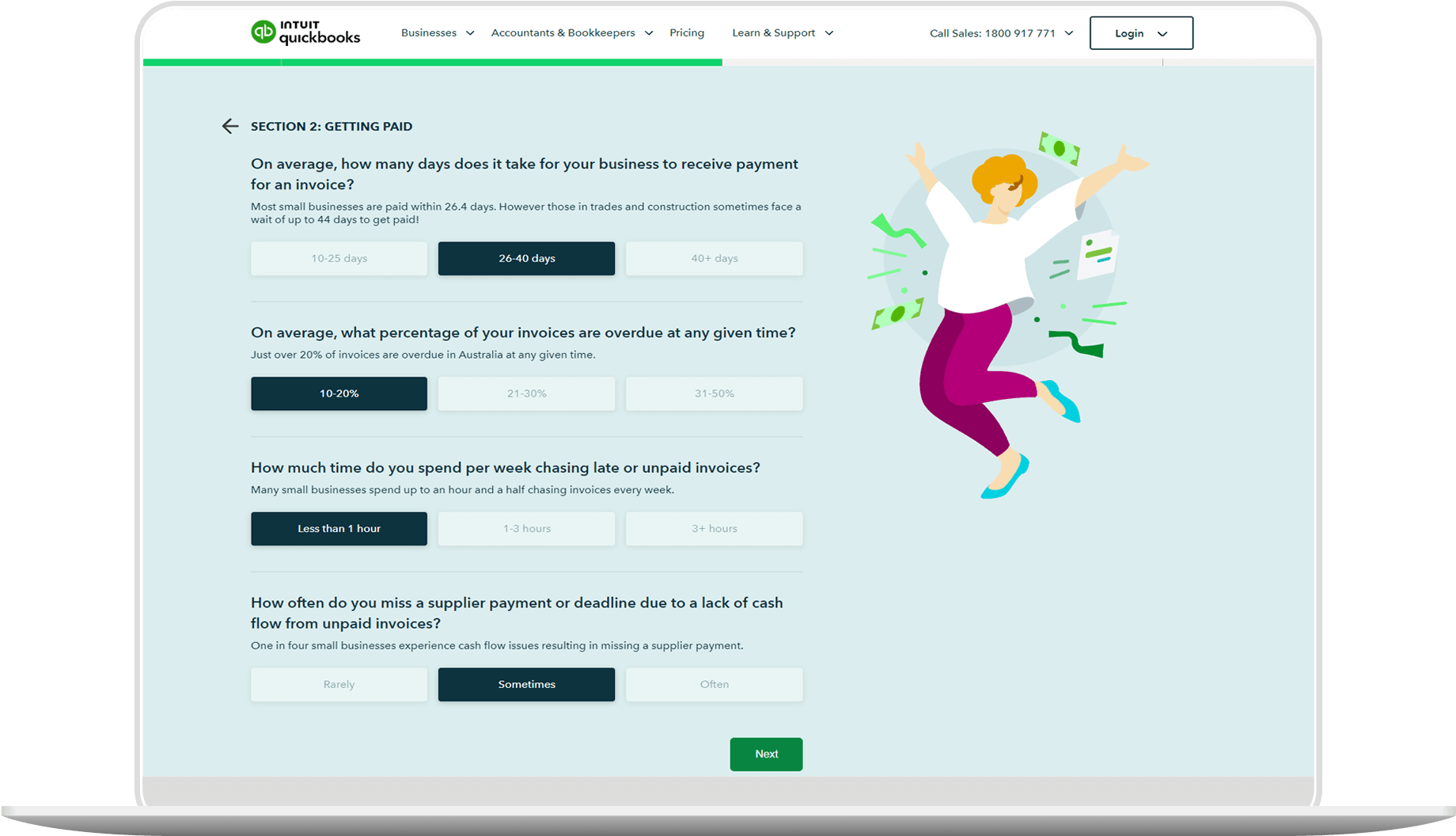Important issues to note with using ATO tax tables
Note that the weekly, fortnightly or monthly tables also apply if you pay any of the following:
- Paid parental leave
- Directors’ fees
- Payments to labour-hire workers
- Payments to religious practitioners
- Payments to government education or training
- Compensation, sickness or accident payments
- Payments to foreign residents
Pick the table that corresponds with how often you make these payments.
Other tax tables may apply if you made payments to shearers, workers in the horticultural industry, performing artists, casual employees and workers who are on a working holiday.
If your employee has an accumulated debt (e.g HELP, SSL, TSL), you’ll need to use HELP/SSL/TSL tax tables or if your employee is entitled to make an adjustment for the Medicare levy, you’ll need to use adjustment tax tables.
If your employee is entitled to a tax offset, you need to use the ATO’s Ready reckoner for tax offsets to convert their estimated annual entitlement to a weekly figure that you can subtract from the withholding amount.




















